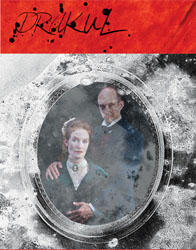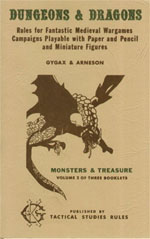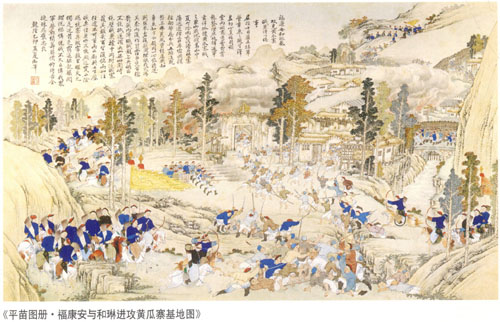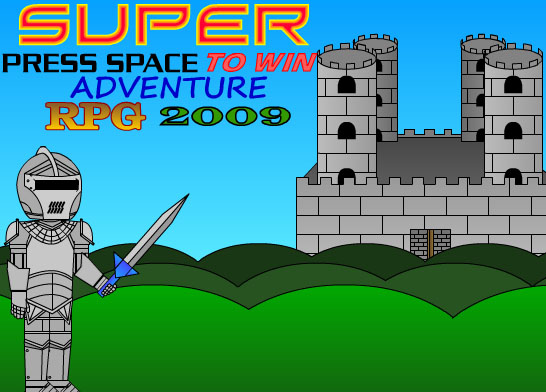 This passage from Flawless by Scott Andrew Selby and Greg Campbell, which describes the largest diamond heist in history, particularly resonated with me because I read it hard on the heels of writing “Opening Your Gaming Table“:
This passage from Flawless by Scott Andrew Selby and Greg Campbell, which describes the largest diamond heist in history, particularly resonated with me because I read it hard on the heels of writing “Opening Your Gaming Table“:
Organizing a heist was a loose affair. A couple of guys would venture out to case a joint, often with at least one woman, someone’s wife or girlfriend, serving as a cover. Nicely dressed, they would go on what looked like a shopping expedition, but which was really a surveillance operation. Paying attention to the jewels gleaming at them from under the glass cases was only part of their focus. They would spread around the room pretending to admire just the wares, when actually they were sizing up the store’s security: How many video cameras are evident? What is the make and model of the motion detector near the door? Which drawer does the clerk open to take out the keys to the display case? They also took careful note of the jewelry; perhaps the most important question in evaluating a heist was whether or not it was worth the risk.
From there, the plot would evolve organically along lines of communication that were well established in the underworld, through code words and innuendo placed with the right bartender in the right part of town. The men would gather in the back room to play cards and drink a few glasses of beer, making sure to keep their conversation as vague as possible in case the place was bugged. When they needed to go over specifics, a few of them would go for a walk around the block that might last as long as half an hour.
It was then that they would go through the mental roster of who to involve. It was important that they worked with people they knew well or at least those who could be vouched for by already-trusted associates. It was a system of trust Notarbartolo would later discover in the legitimate diamond trade as well. The difference was that if the thieves picked the wrong people, they risked more than a deal going bad; they faced a long stretch in prison.
If the plan required a safecracker, they would compare notes on people they knew. They would debate the person’s skill and reptuation and try to remember whether he was in the city or in a jail at the moment. It wasn’t unusual that the first pick for the job was unavailable. Maybe he wasn’t interested because he didn’t like the risk, or maybe he was on vacation. Maybe he was involved in some other job at the moment. Sometimes a plan wouldn’t come together because the right people couldn’t be found to pull it off. Other times, a plot could be hatched in just weeks. And on occasion, they might formulate the perfect crime, but not commit it, preferring instead to sell the idea to someone else for a cut of the action.
After a job, that particular group might never work together again. Other times, the men might become fast friends who plotted their heists with each other in mind. Regardless, every job they pulled off added to each participant’s reputation, and over time, Turin’s thieving industry became well known even outside the realm of law enforcement. Gangsters from all parts of Italy paid a visit to its smoky cafes when they were in need of a skilled computer expert, alarm specialist, or jewelry fence.
Locked inside that description of the School of Turin — the name applied by the police to this loosely organized community of highly-skilled thieves — is the roots of an effective open gaming table. About the only thing you need to make it work is to figure out (a) how to keep the basic heist structure varied and interesting while also being based on easily (re-)generative material; and (b) how to create a heist structure which can be engaged, disengaged, and re-engaged by a disparate group of players.
(For the latter point, there may be something lurking in the concept of “sell[ing] the idea to someone else for a cut of the action.)
But this basic idea of a “community of experts” that organizes itself into ad hoc, short-term teams is the root of any open gaming table.


 In a recent
In a recent 











